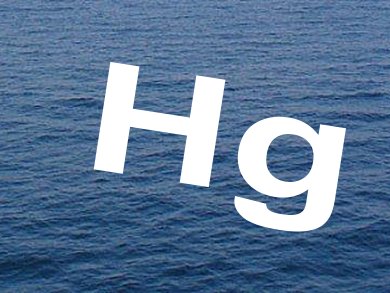Anthropogenic Hg is released into the atmosphere as elemental Hg0 and inorganic HgII forms, mostly from stationary combustion of coal-fired power plants. Both forms then enter the water column through gas exchange and wet/dry deposition. In water or sediments, Hg can subsequently be converted into MeHg, which affects wildlife and human health mainly through marine fish consumption.
Most methylation occurs in sediments and is mediated by sulfate- and iron-reducing bacteria. The mechanisms are still poorly understood.
In studies looking at methylation within a single ecosystem or across a small spatial range, sediment organic matter was found to be the most important factor for MeHg production. It hinders mercury methylation by changing HgII bioavailability.
Amina T. Schartup, University of Connecticut, USA, and colleagues examined the importance of sediment organic matter for Hg methylation over a broad geographic and Hg contamination range. They found that methylation rates are the highest at locations with high Hg content relative to carbon, and that organic matter does not hinder mercury methylation in estuaries.
The work demonstrates the need for more thorough investigations of factors affecting methylation in the field. While laboratory experiments have demonstrated the complexity of mercury methylation, marine field studies have mostly relied on simple correlations and small-scale studies.
Models are also needed to predict how global changes in Hg loading and climate change affect MeHg concentrations in fish.
- Methylmercury Production in Estuarine Sediments: Role of Organic Matter,
Amina T. Schartup, Robert P. Mason, Prentiss H. Balcom, Terill A. Hollweg, Celia Y. Chen,
Environ. Sci. Technol. 2013.
DOI: 10.1021/es302566w




